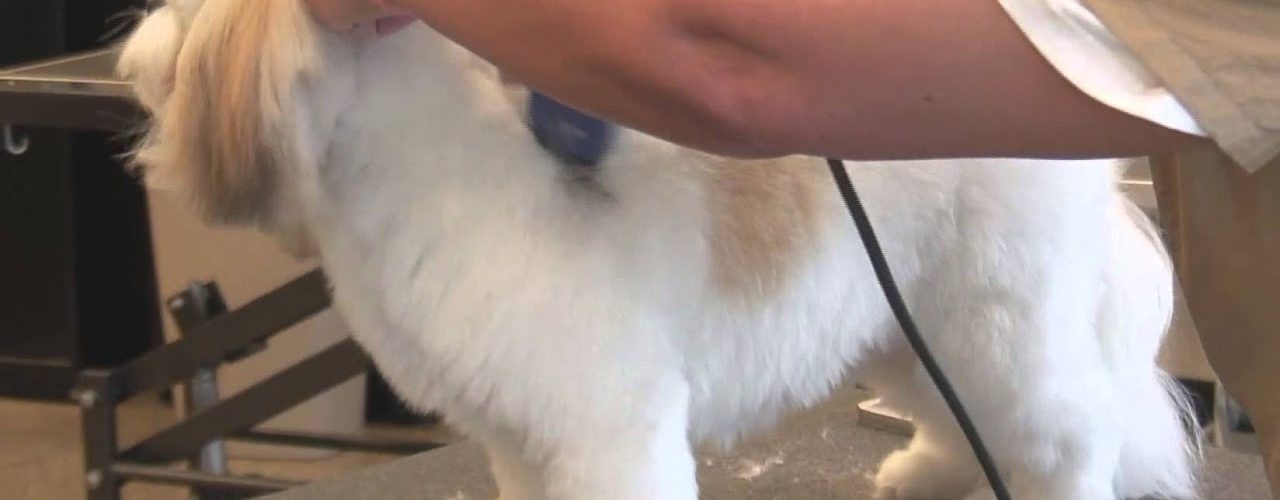Just like we comb and brush our hair everyday, dogs should also be brushed daily. Even short haired breeds should be brushed a minimum of several times a week. How often a dog needs to be groomed depends on the season, type of hair, and breed. Short hair or long, dogs must be groomed regularly. Beginning when dogs are puppies, they should learn how to sit still while being groomed and get to used people touching their ears and paws. Puppies can be groomed with a warm washcloth. Rubbing a puppy’s face, ears, and body with a warm cloth is just like the momma dog cleaning her baby.
For puppies and older dogs getting acclimated to grooming, try brushing a different part of the body for a short time every day. Always reward a dog with a treat and praise after a good grooming session.
Understanding the shedding cycle and the breeds unique fur characteristics is important for efficient grooming. Dogs that were bred for performing work all year long have the thickest coats. Huskies, Malamutes, Akitas, St. Bernard’s, Collies, Sheepdogs, and Spaniels have thick coats comprised of two layers. The thick guard hairs are on top and the warm fluffy hairs are underneath. Breeds with these layered coats generally molt twice a year, based on the temperature and length of the days. Molting can last up to two months. To hasten the process, gently bathe the dog and use a shedding tool regularly to remove the dead undercoat. After the molting is finished, regular maintenance brushing can be resumed.
To groom a dog, start by removing mats and tangles. Brush thoroughly, from head to tail, using a wire pin brush. Once the tangles are gone, use a shedding tool or slicker to remove dead hairs from the undercoat. All home grooming kits should have a selection of brushes and combs.
Wire or pin brushes are like many common hair brushes with thick wire bristles covered by a round rubber ball. These brushes are excellent for brushing most breeds. Long and medium haired dogs benefit particularly from the deep and widely spaced bristles. Wire brushes are best for the first brushing and to gently remove tangles.
Slicker brushes have bent wire bristles that dig deep down into the thick fur to remove the dead hairs from the undercoat. Slicker brushes sometimes look like regular brushes with closely spaced wire bristles, others resemble a carder used for processing wool. These carder slickers are usually square or rectangular and have a curved surface. Slickers are great for thinning-out thick-coated breeds.
Bristle brushes have synthetic or natural bristles that are closely spaced. These brushes are ideal for smoothing fur and redistributing natural oils at the end of the grooming process. Bristle brushes are also gentle.
Dog combs have durable teeth and are made entirely from metal. Combs are available with fine, medium, and widely spaced teeth. The thicker the coat the wider the tooth spacing should be. Combs are excellent for working through tangles and dealing with seasonal shedding.
Specialized tools to make dog grooming easier, include shedding blades and hound mitts.
Shedding knives and shedding blades are modeled after the original tools used to brush molting horses. These have a metal band with spikes that pull dead fur out of the undercoat. Hound gloves or hound mitts are basically a mitten or glove with little rubber nubs that collect loose hair. These hound mitts are excellent for grooming smooth-haired breeds. Rubber coated mitts also work great for cleaning up loose hair from the grooming process.
Other Resources: Canismajor, Dog Breed Facts



